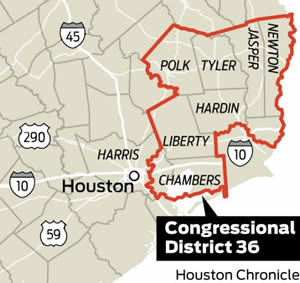Difference between City and District
Key Difference: A city is defined as a large and permanent settlement. Cities may have a particular administrative, legal, or historical status based on local law. A district is defined as an administrative division, which in some countries is managed by the local government.
 Since living settlements have become planned, they have been created in a form of a hierarchy. The hierarchy is created to make it easier for delegating work and passing down jurisdiction. Each level of hierarchy has been allotted power and the ability to take decisions up to a certain level, without having to refer to higher levels. Each city has been divided into districts that are managed by the local governments. However, the formation and classification of a district and a city differs depending on the regulations of countries.
Since living settlements have become planned, they have been created in a form of a hierarchy. The hierarchy is created to make it easier for delegating work and passing down jurisdiction. Each level of hierarchy has been allotted power and the ability to take decisions up to a certain level, without having to refer to higher levels. Each city has been divided into districts that are managed by the local governments. However, the formation and classification of a district and a city differs depending on the regulations of countries.
In some countries, the creation of a city is based on a piece of paper from the mayor or a governmental office. However, in other places a city requires its own set of administrative offices and churches to be considered as a city. The difference between the two varies from country to country.
A city is defined as a large and permanent settlement. It covers a significant area of land that has a shared historical background. Cities may have a particular administrative, legal, or historical status based on local law. Cities usually have their own court systems, law enforcement, fire departments, sanitation services and medical care centers. The chief executive of a city is the Mayor. A city council is a legislative body composed of council members. Geographically, the largest city in the world is Tokyo, Japan, while the largest city in the United States is Los Angeles, California.
 A district is defined as an administrative division, which in some countries is managed by the local government. Depending on the country, districts vary in size and can even include multiple counties, municipalities, or subdivisions of municipalities. In some countries, there is no particular distinction between a district and a county, while in others it stands separate from a county. Countries such as England have formed districts as a recognizable form of local government that delegate responsibilities such as tax collection, leisure services, refuse collection, housing, planning, etc.
A district is defined as an administrative division, which in some countries is managed by the local government. Depending on the country, districts vary in size and can even include multiple counties, municipalities, or subdivisions of municipalities. In some countries, there is no particular distinction between a district and a county, while in others it stands separate from a county. Countries such as England have formed districts as a recognizable form of local government that delegate responsibilities such as tax collection, leisure services, refuse collection, housing, planning, etc.
In the United States, a district plays a bigger part with members from a district representing that particular district in the House of Representatives in Congress. Voters from each district are allowed to vote for a person that will represent them in Congress. In addition to these districts, certain neighborhood communities have become divided into districts for better representation and allocation of resources. For example, Hollywood can be considered as a district in the city of Los Angeles, California. Other forms of districts also include school districts, college districts, hospitals, etc.
In countries such as India, the cities are divided into districts on the basis of administrative units, with each unit representing the district in the state. Certain districts in villages are still headed by the Panchayat. The definition of a district differs based on the country.
Image Courtesy: cfhutrecht2013.com, blog.chron.com









Comments
rohit
Mon, 11/28/2016 - 13:28
Thank you for the suggestion Rohit, we'll take it into consideration.
dbadmin
Tue, 11/29/2016 - 12:48
Add new comment